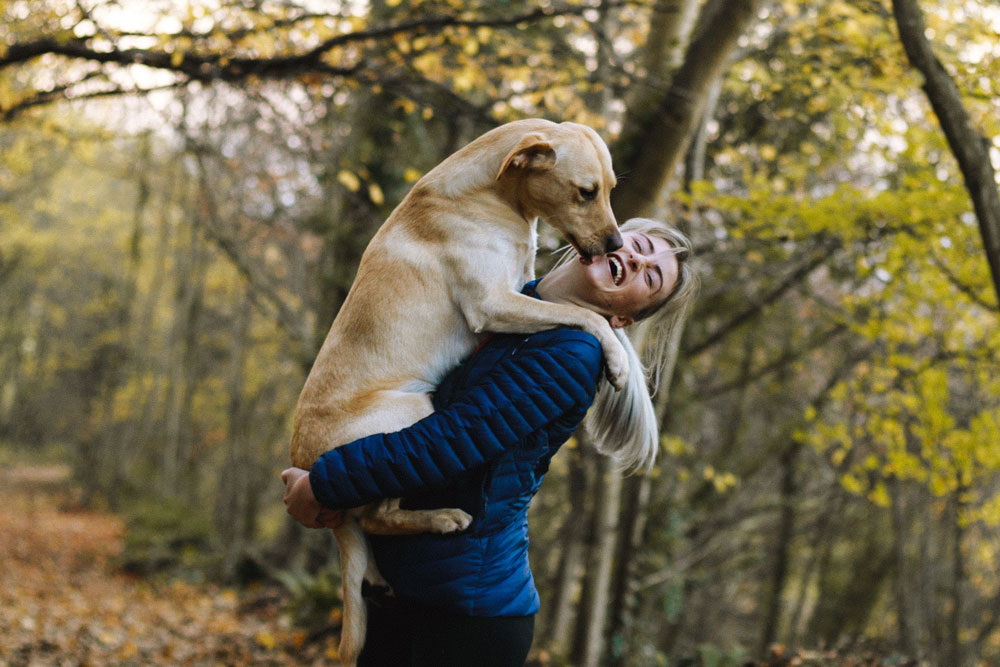It is so difficult, when you first pick up that warm, fuzzy puppy, to imagine any health problems that may arise in the future. When our family’s five year old German Shepherd suddenly developed Glaucoma in 2005, we were shocked and surprised that such a devastating illness could have struck so quickly. One of the more unfortunate aspects of Glaucoma is the speed with which it strikes, and by the time she arrived at the vet two days after her eye began to look “odd,” she had lost nearly all her sight in both eyes.
After being introduced to the world of blind dogs, I was shocked to learn that we were, by far, not alone. There are many dogs that, whether through illness, age, or birth defects, have no sight and do astonishingly well. It is very important to keep this fact in mind during the first stages of your animal’s sight loss as invariably, the big question will come up: is putting the dog to sleep a more humane option than forcing them to live without one of their senses?

It is important to understand the differences between the way humans use their sight and the way dogs use their sight. Humans are, it will come as no shock, a sentimental group. We use sight not only to navigate our environments and make a living, but also to watch our children grow up, to gaze at sunsets, to watch home movies, to exchange loving looks with a spouse. Our eyes are one of the key ways we interact with the world, and we thrill to seeing colors, shapes, and objects. Dogs, on the other hand, interact with the world mainly through smell and perhaps hearing. Since both smell and hearing are so incredibly well developed in dogs, and since dogs are not known for being overly sentimental beings, most do quite well without vision.
Needless to say, the transition from seeing to blindness needs to be assisted by pet owners. One key way to help your dog is to be mindful of moving furniture in your home. Dogs navigate very much by scent, but also have well developed memory and will be able to move around your home nearly seamlessly, provided that the layout stays the same. If there are a few “trouble” areas your dog can’t quite seem to master, consider scenting the edges of the object, wall, or door with a touch of peppermint oil or another scent.
Stairs can pose a real hazard for blind animals. If you have a multi-story home, you should have a plan for protecting your animal when you cannot supervise him or her. Baby safety gates are an excellent way to confine animals to one floor and many new models have easy to navigate latches that make passing in and out of them easy for the adept human. Outdoor steps your dog needs to pass through pose another problem, and sometimes putting a small piece of carpeting right in front of the first step can trigger them into realizing that they’ll have to step down soon. Out in public, consider stopping your animal before any steps you must navigate, then stomping up the steps loudly yourself. While you might look a little amusing, the sound will tell your dog exactly where each step is.

Yes, taking care of your pet who lost his sight can be very challenging. But if you know the right things to do and get some helpful tips and information online, you can easily know everything quickly. For more tips, you can see here.
With a little planning and thought, your dog can lead a happy, full life without his or her vision and you will have the satisfaction of knowing that you are providing a wonderful life for your pet. The joy of sharing your life with a healthy animal will be an excellent indication that you made the right decision.



